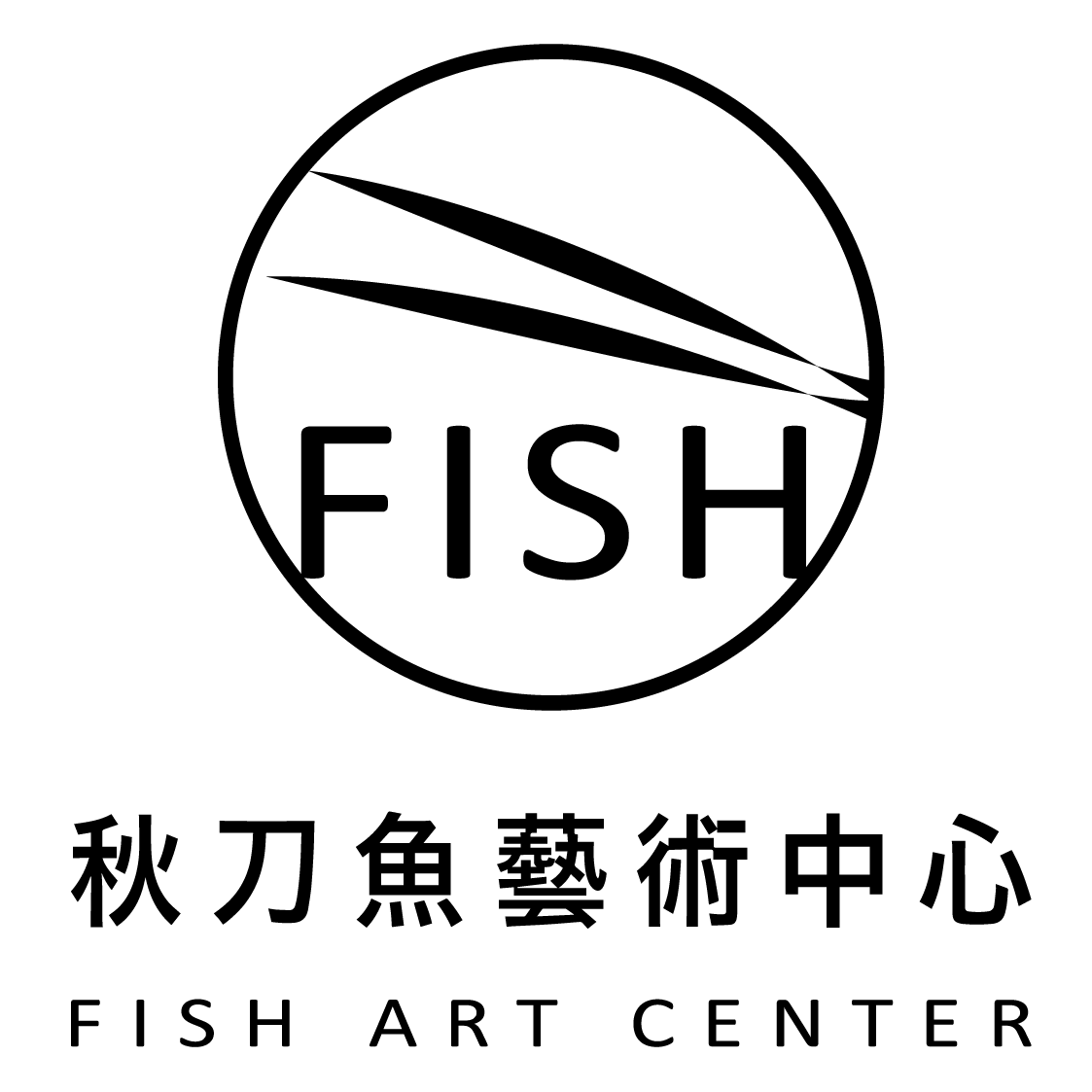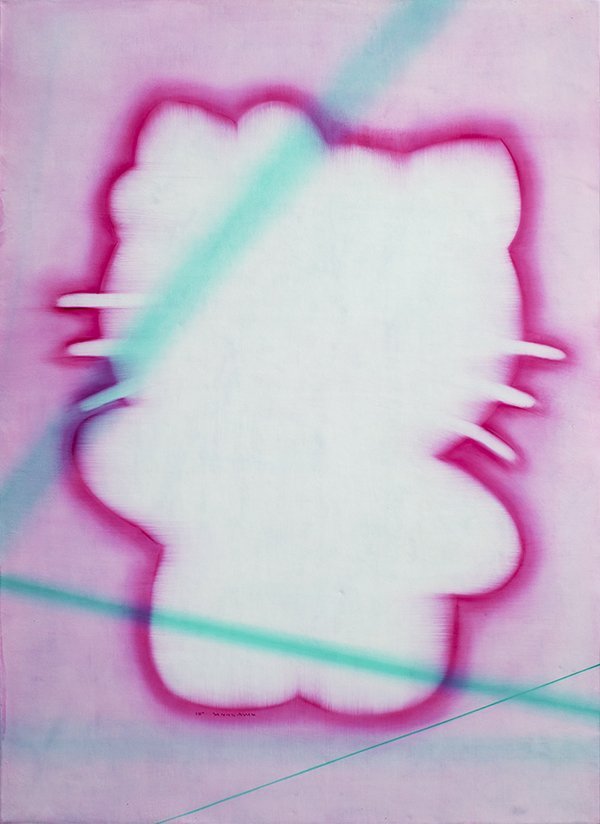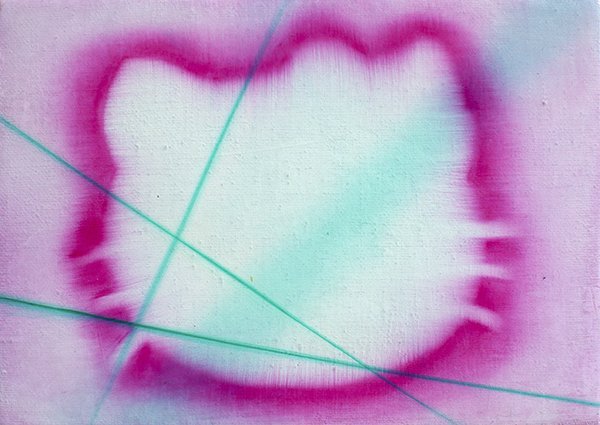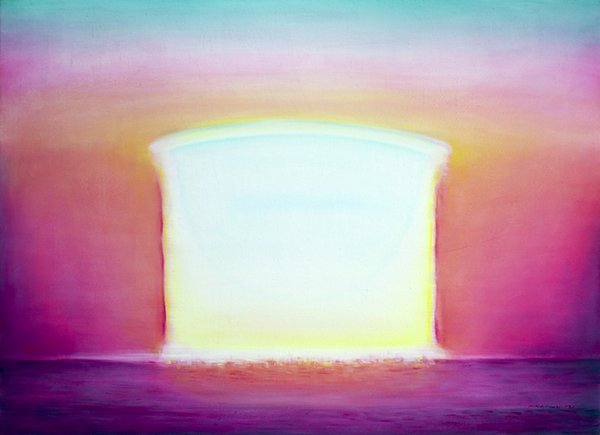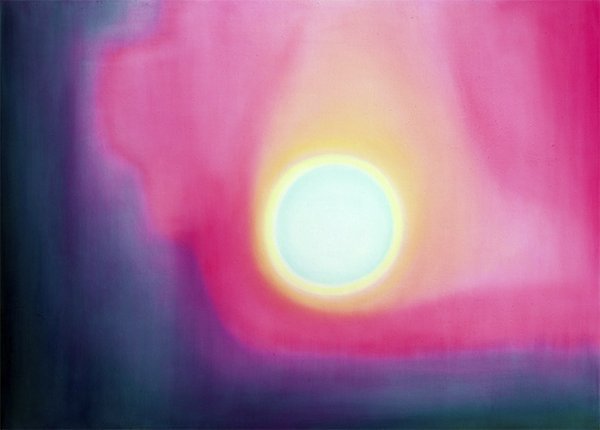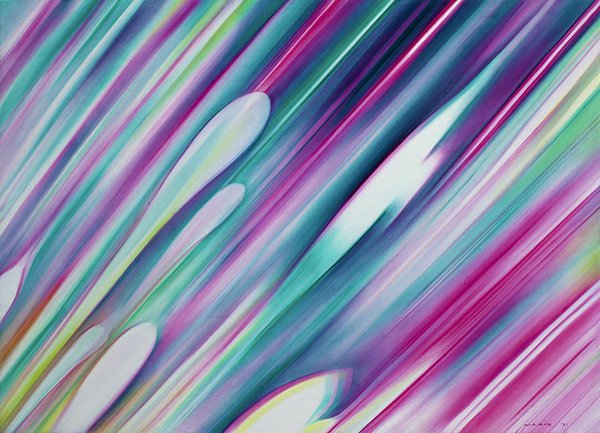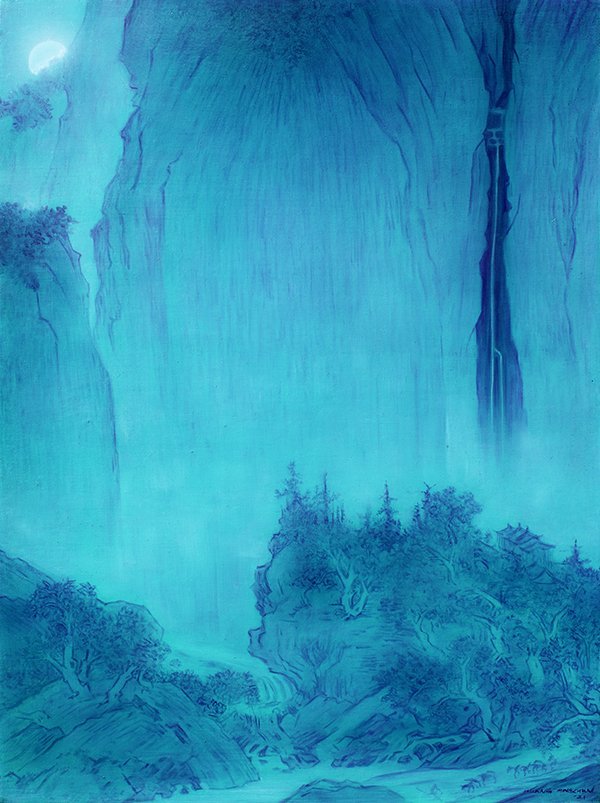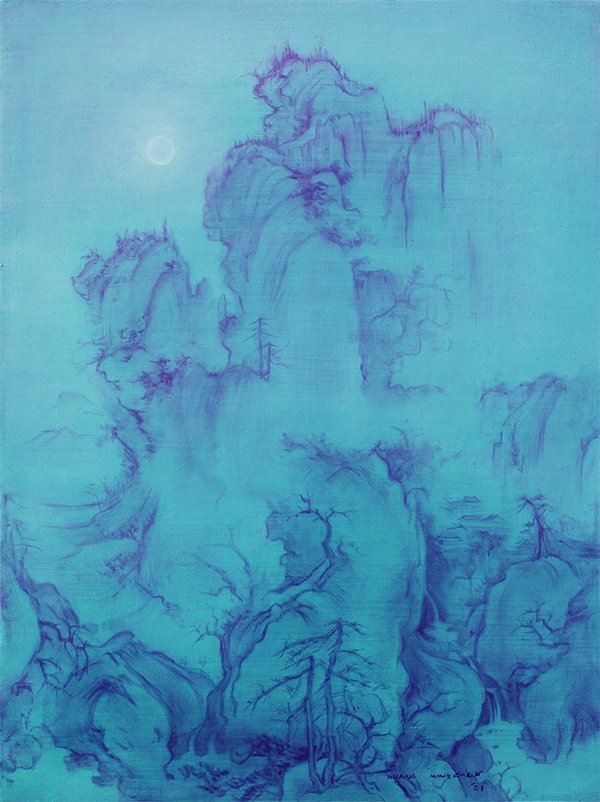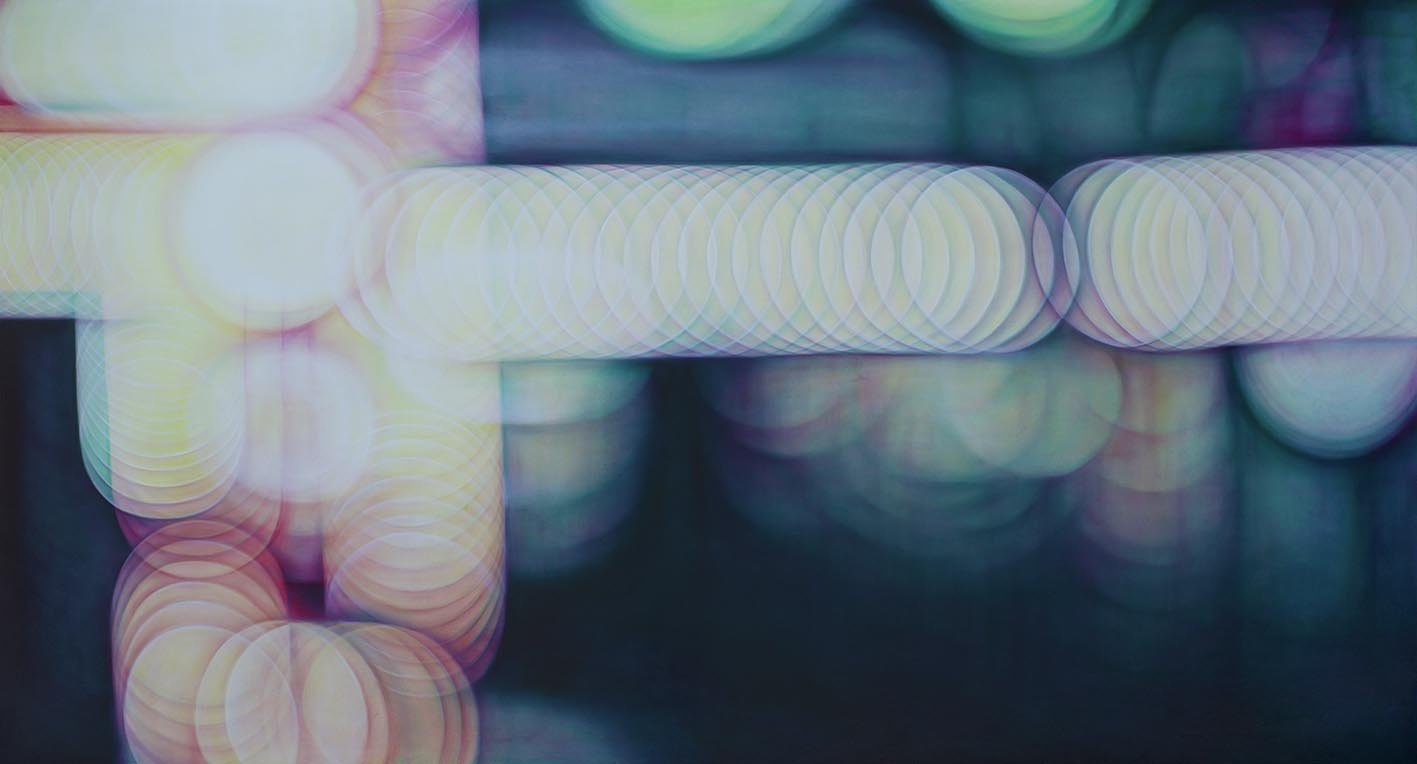黃敏俊 2021 「光色合一」系列
HAUNG MINGCHUN 2022 Color-Lught Unification SEIRES
「光」,是黃敏俊創作生涯三十年以來主要研究的課題,在創作上逐漸發現過往的色彩理論,已無法滿足他對光影表現的追 求。印象派過於注重光影而忽略形體輪廓,以致光影與形體間產生「取捨」,而這成了黃敏俊欲突破的節點。傳統繪畫長久以來依循光、色分離的概念,兩者三原色並不一致。然而,既然光帶來色彩,光即是色彩,本出同源,最終理應相符,為何兩者之三原色竟有所區別?在黃敏俊以光的原理所出發的色彩理論中,藍色多為光衰減的結果,因此藝術家進一步調整,統一了光與色料三原色為全新的光色三原色(洋紅、黃、青綠), 即所謂「光色合一」,並提出實例及當代色彩理論予以佐證,縮小繪畫與現實之間的差距,使畫面更具傳統繪畫所無法達到的真實與立體感。
‘Light’ has been the main subject Huang MingChun studied throughout the past 30 years of his creation career, during which he gradually realized that traditional color theories could no longer satisfy what he sought to express about light and color.
The Impressionists’ over-attention to light and shadows led to the overlooking of form and contour, and caused an ‘either light or form’ conflict that I have been attempting to resolve. All along, traditional paintings have relied on the theory that light and color were separate, so the primary colors of light and pigment were not consistent. However, light produces colors; in other words, light is colors. Both come from the same root and would converge eventually. So, why the difference between the two? In my theory, stemming from the fundamental characteristics of light, blue is mostly a result of the attenuation of light. Accordingly, I made adjustments and brought forth my new three primary colors (magenta, yellow and viridian green) ,further, unify the three primary colors of both light and pigment i.e. ‘Color-Light unification’. I analyzed and proved them based on practical application together with supportive contemporary color theories, thus minimize the difference between paintings and reality, producing more vivid, 3D and stereo-perceptive etc in artwork that traditional paintings could not achieve.
